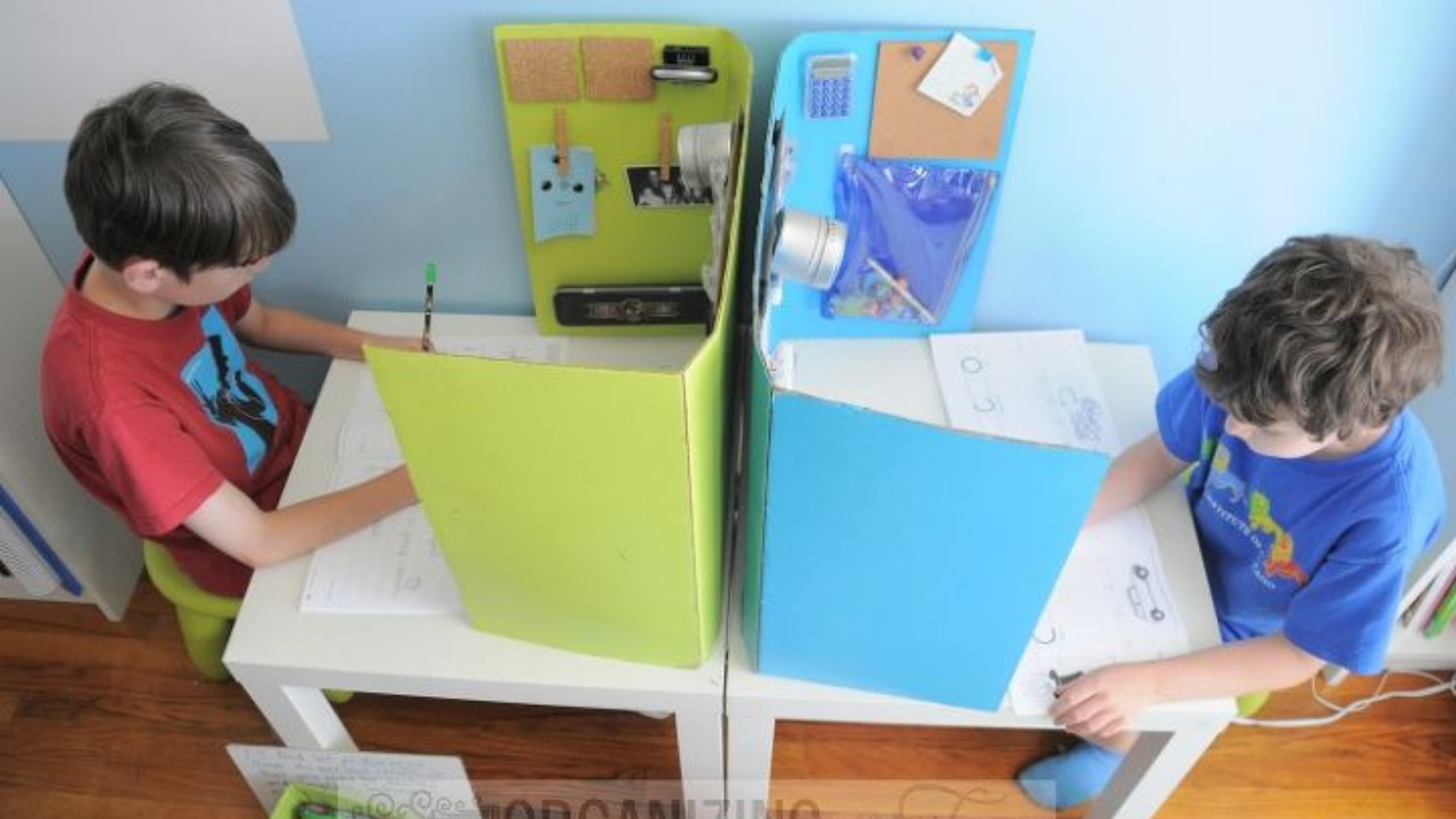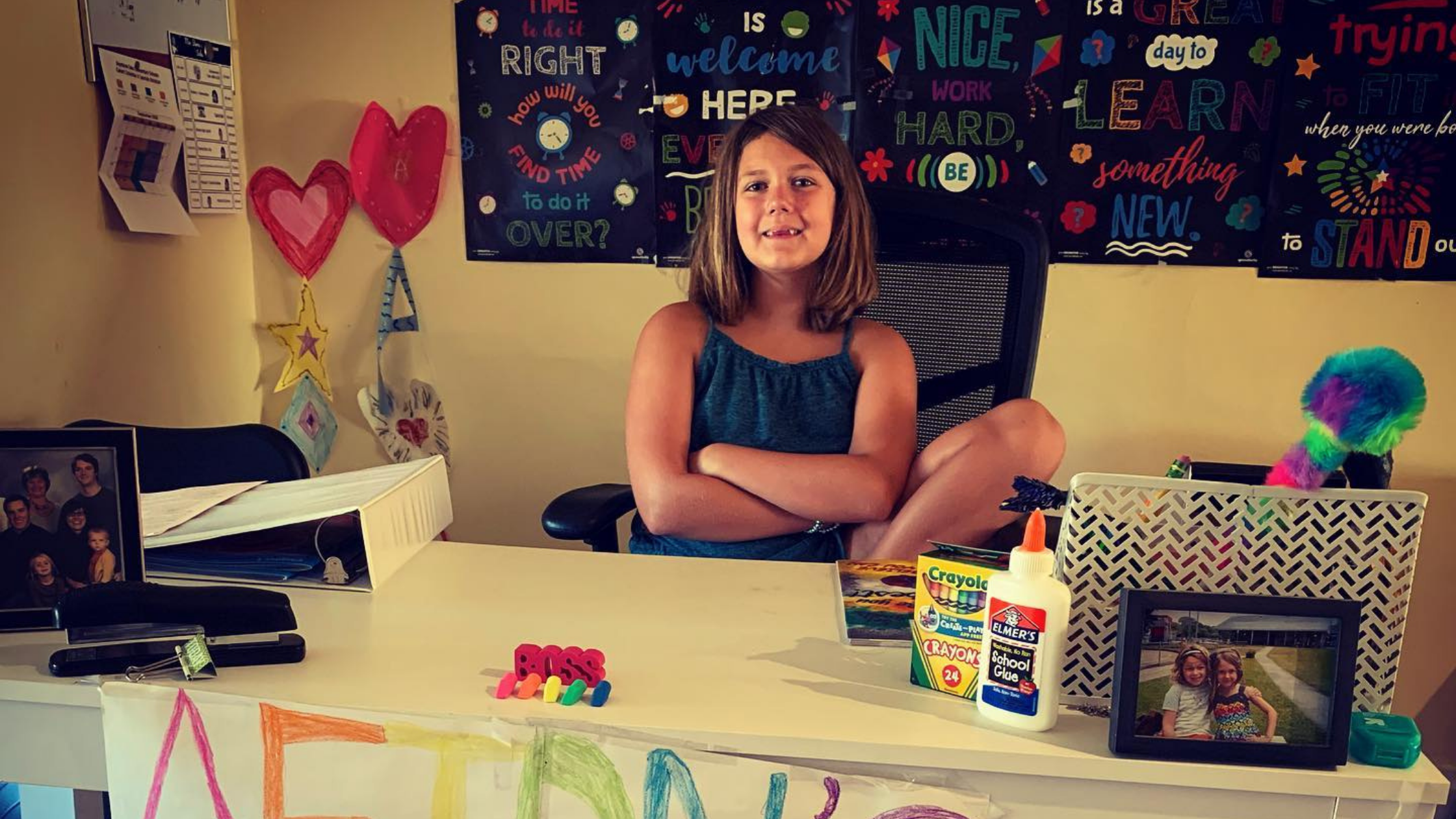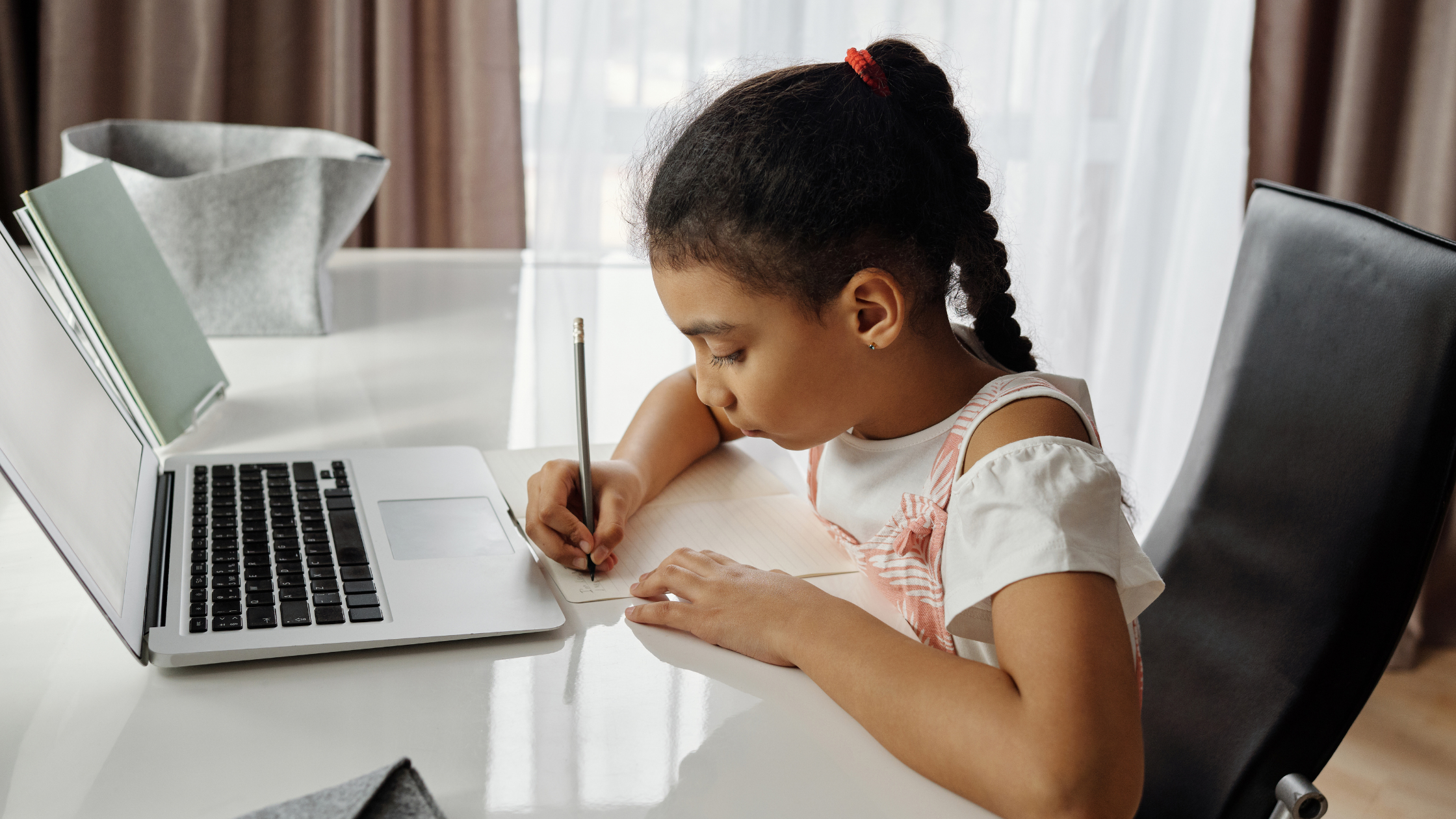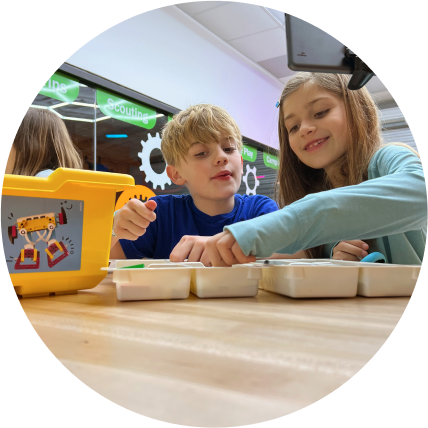10 Tips for Setting Up Your Child’s Virtual Learning Space
1. Get Your Child Involved
One of the best ways to begin the venture into virtual learning is to have your child involved every step of the way, including the design of their virtual classroom. It’s important for your child to have a sense of ownership and pride in their workspace that will keep them motivated and inspired through the school year. Take some time to talk about where their learning space or spaces will be and some of the elements they would like to include. Encourage a desk “refresh€ every few weeks to keep their workspace tidy, organized, and fresh. Above all, let your child’s space to be a reflection of them and make it fun!
2. Keep Your Child’s Learning Style in Mind
Before last spring, many of us had not witnessed firsthand how our children learn best in (and out of) the classroom. Kuddos to all of the dedicated educators out there who have spent time with children of all learning types and abilities, because not one child is the same. Some children are more visual learners, some physical, some aural or verbal. Your child’s virtual classroom should reflect their unique learning style. You may find that your child wants to be around other people in the house, or that they work best alone. Some can work beside a window while others need to be distraction free. Allow your child to try out different spaces in the house to see what works best for them.

3. Keep Distractions Out of the Classroom
Now that you’ve decided where your child’s learning space or spaces will be, you can start building the “classroom€itself. Even one corner of the room or one side of the dining room table can be transformed into a classroom. You’ll want to keep this space reserved for your child and remove all other distractions from the area. If you are setting up a virtual classroom for more than one child in your house, keep their areas divided so that they can fully concentrate on their own work. If they are sharing a desk or table, consider putting up a divider such as a trifold or a bookshelf to keep distractions to a minimum.
4. Make It Comfortable
Your kiddo is going to be spending quite a bit of their day at their workspace, so you’ll want to make sure it’s comfortable for them. Bright, ample lighting will keep them from squinting at their screens and keep them energized throughout the day. Raise their laptop or tablet to near chin-height while they’re seated to prevent bending and slouching. Appropriately sized ergonomic chairs or cushions should help with posture as well. Exercise ball chairs are also a great option and can help manage the wiggles. Keep water, tissues, sweatshirts and other comfort items within reach so that your child doesn’t have to get up during a lesson.

5. Make It Personal
This is one of the best parts of any room design €“ personalization! Encourage your child to decorate their space with photographs of their friends, pets, and family. Dedicate a wall or bulletin board to art that they’ve made. Build a desk organizer out of recycled household materials and have them paint or decorate it however they’d like. Redecorate the space often with new crafts, art, or “awards€ to celebrate classroom achievements.
6. Keep It Organized
You and your child will both benefit from a well-organized learning space. Make it a habit to keep school items together in their “classroom€ with labeled bins, drawers, or even a backpack slung behind their chair. Their items should be easy to find and within arm’s reach, including laptop or tablet charging cords. Make sure they’ve cleaned up their workspace at the end of each school day so that they’re ready for learning again the next morning.

7. Create a Schedule
Design your family’s schedule according to what and when works best for everyone. If mornings seem to be the most productive for your crew, try to get the tough stuff out of the way before noon. Do you and your kiddos get into a post-lunch funk? Save that window in your schedule for resting and recharging before afternoon lessons. Keep your kiddos involved in the family schedule by placing calendars and timelines at their workstation. Keep a clock nearby that they can refer to or set alarms on their devices for study breaks.
8. Keep Motivation Up
The most important thing we can do to help our children transition into remote learning is to keep them motivated.Encourage your child throughout the day. Ask them questions about what they’re learning. Reward or praise new achievements and experiences. Students are motivated in the classroom together while seeing each other working towards a goal, asking questions, and discussing problems and solutions with each other.If you can, work with the parents of other students or friends to develop after school virtual homework sessions or playdates to keep those motivational moments alive.
9. Get Up and Move
Nothing depletes energy and motivation like sitting in front of a screen all day. Children are used to changing classrooms, seeing new faces, and breaking up the day with movement. Encourage your child to get up and move around throughout the day! Five to ten minutes of movement every hour will do wonders for a child with normally boundless energy and imagination. Set a “movement alarm€ and play some music, do some jumping jacks, build something with LEGO® bricks, or go outside for some fresh air. You and your child will truly benefit from these screen-free moments throughout the day.

10. Take Their Lessons Outside of the Virtual Classroom
Develop a well-rounded school year for your child by taking what they’re learning through the screen into the real world.From games and art projects to science experiments and nature walks, there are plenty of ways to incorporate your child’s lessons into your daily life. Taking the time to dive deeper into what your child is learning will not only show them that you are interested and care about their work, but how their lessons can be applied in the real world. This will do wonders for their interest in learning inside and outside of the classroom.


